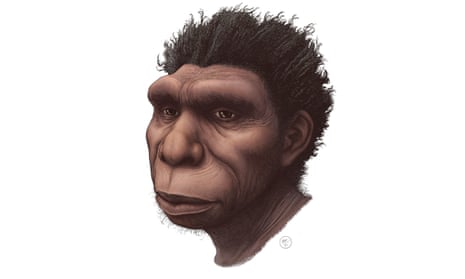Researchers have announced the naming of a newly discovered species of human ancestor, Homo bodoensis.
The species lived in Africa about 500,000 years ago, during the Middle Pleistocene age, and was the direct ancestor of modern humans, according to scientists. The name bodoensis derives from a skull found in Bodo D’ar in the Awash River valley of Ethiopia.
Scientists said that the epoch is significant because it was when anatomically contemporary humans, Homo sapiens, appeared in Africa and the Neanderthals, known as Homo neanderthalensis, in Europe.
However, some paleoanthropologists have described this period as “the muddle in the middle” because human evolution during this age is poorly understood.
Dr Mirjana Roksandic, of the University of Winnipeg in Canada and the study’s lead author, said: “Talking about human evolution during this time period became impossible due to the lack of proper terminology that acknowledges human geographic variation.”
Under the new classification, Homo bodoensis will describe the majority of Middle Pleistocene humans from Africa and some from south-east Europe, while many from the latter continent will be reclassified as Neanderthals.
Christopher Bae, from the department of anthropology at the University of Hawaii at Manoa and one of the co-authors of the study, said the introduction of Homo bodoensis is aimed at “cutting the Gordian knot and allowing us to communicate clearly about this important period in human evolution”.
Roksandic concluded: “Naming a new species is a big deal, as the International Commission on Zoological Nomenclature allows name changes only under very strictly defined rules.
“We are confident that this one will stick around for a long time, a new taxon name will live only if other researchers use it.”
The findings are published in Evolutionary Anthropology Issues News and Reviews.
In August, the Guardian reported that archaeologists unearthed ancient DNA in the remains of a woman who died 7,200 years ago in Indonesia, a discovery that challenged what was previously known about the migration of early humans.
The remains, belonging to a teenager nicknamed Bessé, were discovered in the Leang Panninge cave on the Indonesian island of Sulawesi. Initial excavations were undertaken in 2015.
The discovery, published in the journal Nature, is believed to be the first time ancient human DNA has been discovered in Wallacea, the vast chain of islands and atolls in the ocean between mainland Asia and Australia.
The DNA was extracted from the petrous part of Bessé’s temporal bone, which houses the inner ear. Researchers said the intact DNA was a rare find.










